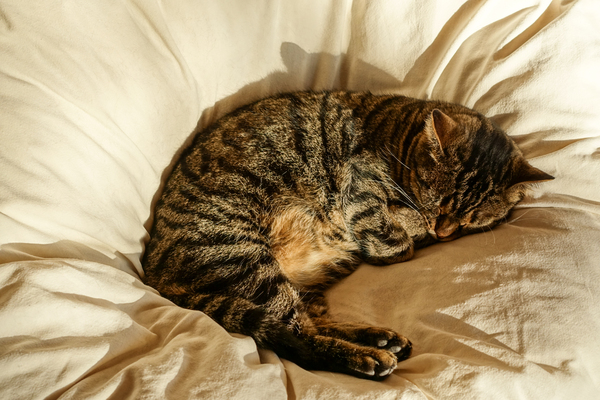Teaching Kitties to Utilize the Litter Box: Tips and Techniques

Cat litter and litter boxes play an essential role in the lives of both felines and their owners. From the modest beginnings of sand and soil to the innovative developments these days, the world of cat litter has actually progressed substantially. In this comprehensive guide, we look into every element of cat litter and litter boxes, exploring their history, types, benefits, challenges, and everything in between.
The history of cat litter dates back centuries, with ancient civilizations using sand, soil, and even ashes as primitive litter materials. However, it wasn't until the mid-20th century that modern cat litter as we understand it emerged. In 1947, Edward Lowe introduced the world's first industrial cat litter made from absorbent clay, reinventing the method felines relieved themselves inside your home. Ever since, cat litter has actually gone through many improvements, with the intro of clumping litter, silica gel litter, eco-friendly alternatives, and more.
Today, feline owners are ruined for choice when it comes to selecting the right litter for their feline companions. Standard clay litter stays popular for its price and efficiency in taking in odors. Clumping litter, which forms solid clumps when wet, streamlines cleansing and upkeep. Silica gel litter, composed of highly absorbent silica crystals, uses exceptional odor control and longevity. Biodegradable alternatives, such as recycled paper, wood pellets, corn, and wheat, interest ecologically conscious consumers.
Each kind of cat litter provides distinct advantages. Clay litter masters its capability to take in moisture and control smells, making it a reliable option for numerous cat owners. Clumping litter simplifies day-to-day scooping and extends the time between complete litter modifications. Silica gel litter offers remarkable smell control and can last longer in between replacements. Naturally degradable litters offer a sustainable option that lessens environmental effect.
While cat litter improves indoor feline hygiene, it is not without its obstacles. Dust from clay litter can position respiratory threats for both cats and human beings, prompting the appeal of dust-free options. Some cats might develop litter box hostility due to problems with texture, scent, or tidiness, necessitating experimentation with various litters and box configurations. Multi-cat households might need strategic litter box positioning and frequent upkeep to prevent territorial disagreements and guarantee all felines have access to clean centers.
Choosing the proper litter box is vital for promoting positive litter box habits and general feline well-being. Elements to consider include size, accessibility, and design choices. Covered litter boxes offer privacy and assistance contain cat litter box furniture odors, however some cats might find them restricting or intimidating. Open-top litter boxes provide simple access and exposure however may lead to more litter scatter. Automatic self-cleaning litter boxes streamline upkeep however require routine monitoring and upkeep.
Correct litter box maintenance is important for ensuring a tidy and welcoming environment for both cats and their owners. Daily scooping eliminates waste promptly, lessening smell and discouraging litter box hostility. Routine litter replacement, typically every 1-2 weeks, prevents bacterial accumulation Litter Box Liners and maintains ideal absorbency. Extensive cleaning with mild cleaning agent and water, preventing harsh chemicals that may prevent felines from using automatic cat litter box the box, must be carried out monthly.
Cat litter and litter boxes play a central role in promoting a healthy and unified relationship in between felines and their human companions. With a diverse variety of litter alternatives and litter box styles available, cat owners have the flexibility to customize their options to suit their cats' preferences and home requirements. By comprehending the evolution, types, benefits, and challenges of cat litter and litter boxes, animal owners can offer their feline good friends with a comfy and sanitary indoor environment.